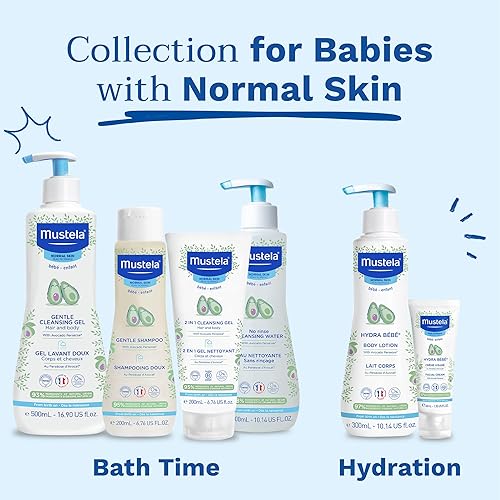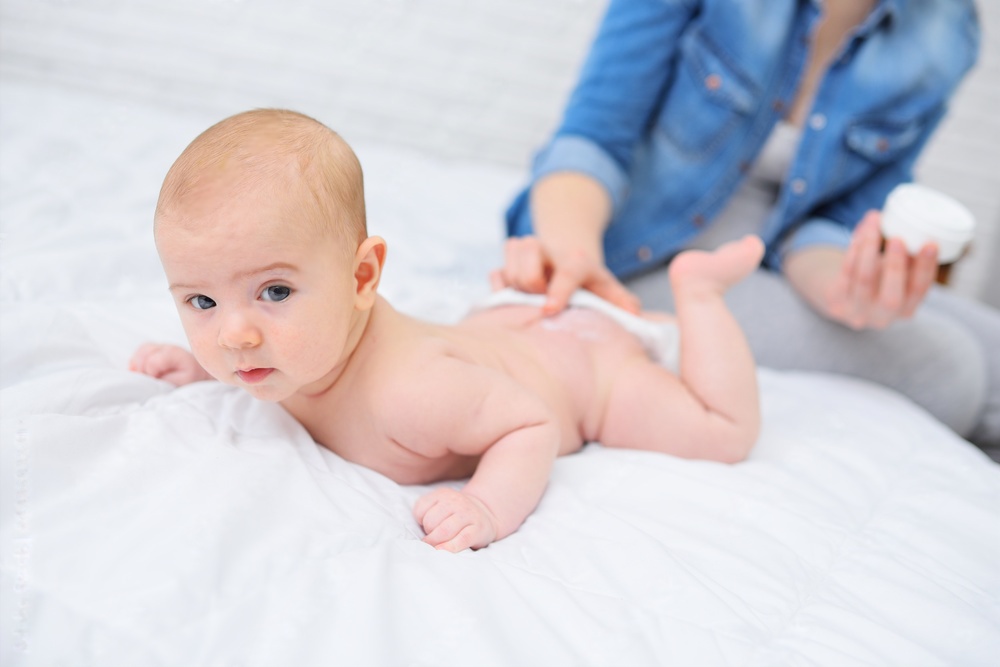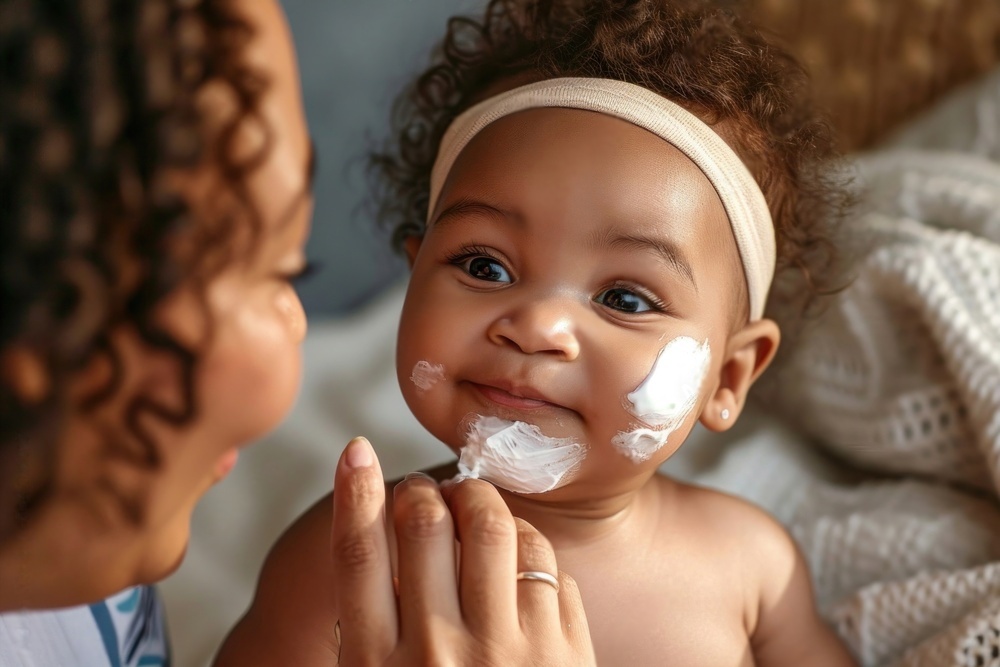In our step-by-step guide on “How to choose the right diaper rash cream for your baby,” we aim to help parents navigate the overwhelming world of infant hygiene products. We understand that finding the right diaper rash cream can be a challenging task, as there are so many options available in the market. Our guide provides a clear and concise process to help you make an informed decision. From understanding the causes of diaper rash to considering the ingredients and compatibility with your baby’s skin, we cover all the essential factors to help you choose the perfect diaper rash cream for your little one.
Understand the causes of diaper rash
To understand the causes of diaper rash, we need to consider a few common factors. Prolonged exposure to wet diapers can create a warm and moist environment, which can irritate the baby’s skin. Friction from the diaper rubbing against the skin can also contribute to diaper rash. Additionally, some babies may have sensitivity to certain ingredients in diapers or wipes. By being aware of these causes, you can take preventive measures such as changing diapers frequently, using a diaper cream, and ensuring proper hygiene to help avoid diaper rash.
Consult with your pediatrician
When choosing a diaper rash cream for your baby, it is crucial to consult with your pediatrician, especially if your little one has any existing skin conditions or allergies. Your pediatrician is the best person to provide guidance on which cream will be most suitable for your baby’s specific needs. They can assess the severity of the rash and recommend the appropriate treatment, ensuring that your baby’s delicate skin remains safe and healthy.
Consider the ingredients
When considering a diaper rash cream, it’s important to look for key ingredients that can provide effective relief. Here are some ingredients to keep an eye out for:
- Zinc oxide: This is a common ingredient in diaper rash creams and acts as a barrier to protect the skin from irritation and moisture.
- Petroleum jelly: Known for its moisturizing properties, petroleum jelly can help soothe and protect the skin, preventing further irritation.
- Calendula: A natural ingredient derived from marigold flowers, calendula has anti-inflammatory and antimicrobial properties that can help soothe and heal diaper rash.
- Coconut oil: Another natural alternative, coconut oil is known for its moisturizing and antibacterial properties, making it a gentle option for treating diaper rash.
These ingredients can play a crucial role in providing relief for your baby’s diaper rash. Look for products that contain one or more of these ingredients to ensure effective and gentle care for your little one.
Avoid potential irritants
To avoid potential irritants, we advise parents to steer clear of diaper rash creams that contain fragrances, dyes, or preservatives. These ingredients have the potential to irritate the baby’s sensitive skin. Choose creams without these additives to ensure the baby’s comfort and well-being.
Choose the right consistency
When choosing a diaper rash cream, it’s important to consider the different consistencies available, such as ointments, creams, or pastes. Ointments are typically oil-based and offer a thicker barrier, while creams have a lighter texture and are easier to spread. Pastes tend to be the thickest option and can provide extra protection. To decide on the right consistency, we suggest taking into account your baby’s skin type and the severity of the rash. For sensitive skin or mild rashes, a cream might be suitable, while ointments or pastes could be more effective for severe rashes or babies with dry skin.
Consider the packaging
When choosing a diaper rash cream, it is important to consider the packaging for convenience and hygienic application. Opt for creams that come in tubes or pumps, as these allow for easy dispensing and precise application. Tubes are especially useful for on-the-go use, as they are portable and can be easily slipped into a diaper bag. For example, the “Diaper Rash Cream XYZ” comes in a practical tube that makes it effortless to squeeze out the desired amount and apply it directly onto the affected area. This ensures that you can quickly and efficiently soothe your baby’s delicate skin without any mess or wastage.
Read reviews and recommendations
To make an informed decision, we recommend that you start by reading online reviews and seeking recommendations from other parents or healthcare professionals. These valuable insights can help you narrow down your options and gain a better understanding of the experiences others have had with a particular product or service. Take the time to research and gather as much information as possible to ensure you make the best choice for you and your child.
Trial and error
When it comes to dealing with diaper rash, we understand that parents may need to try different diaper rash creams to find the one that works best for their baby’s skin. It’s important to remember to monitor your baby’s skin reaction during this process. For example, start by applying a small amount of the first cream on a small area of your baby’s skin and observe if there are any adverse reactions. If there are no issues after a day or two, then you can continue using that cream. However, if you notice any redness or irritation, discontinue use and try a different cream. Remember, every baby is different, so be patient and persistent in finding the right cream for your baby’s precious skin.
Additional tips for prevention
To prevent diaper rash, it is important to change diapers frequently. We recommend changing diapers every 2-3 hours or as soon as they become wet or soiled. Additionally, using breathable materials, such as cotton diapers or disposable diapers with breathable panels, can help reduce moisture and promote air circulation. Lastly, practicing good hygiene by gently cleaning the diaper area with mild soap and water during each diaper change can help keep the skin clean and dry.
For example, when changing diapers frequently, make sure to have a clean diaper and wipes ready before starting. Gently lift the baby’s legs and slide out the soiled diaper, making sure to wipe away any stool or urine from the skin using a baby wipe or damp cloth. After thorough cleaning, pat the skin dry before putting on a fresh diaper.
When choosing breathable materials, opt for cotton diapers or disposable diapers with breathable panels. These allow for better airflow, reducing the chances of moisture build-up and irritation. Avoid using plastic pants or tight-fitting diapers as they can trap moisture and heat.
Lastly, during each diaper change, use mild soap and water to clean the diaper area. Gently wash the area with a soft cloth or sponge, making sure to clean all the folds and creases. Avoid using harsh soaps or wipes with fragrances, as they can be irritating to the baby’s sensitive skin. Rinse the area with water and pat dry before putting on a clean diaper.
By following these tips, you can help prevent diaper rash and keep your baby’s skin healthy and comfortable.
Making the best decision
In conclusion, choosing the right diaper rash cream for your baby is crucial for their comfort and well-being. Throughout this guide, we have highlighted the key factors to consider, such as the ingredients, consistency, and effectiveness of the cream. Remember, each baby is unique, so it’s essential to tailor your choice to their individual needs and preferences. When in doubt, always consult with a pediatrician, as they can provide valuable advice and recommendations. By taking the time to select the right diaper rash cream, you can ensure your baby stays happy, healthy, and rash-free.
Choosing the Best Cream
- Look for creams with gentle and natural ingredients: Opt for diaper rash creams that are free from harsh chemicals, fragrances, and dyes. Natural ingredients like zinc oxide, calendula, and chamomile can help soothe and protect your baby’s delicate skin
- Consider your baby’s specific needs: Some creams are designed for different types of rashes, such as yeast infections or severe irritation. Consult with your pediatrician to determine the specific type of diaper rash your baby has and choose a cream accordingly
- Check for hypoallergenic and dermatologist-tested labels: These labels ensure that the cream has been tested and proven to be safe for sensitive skin. This is especially important if your baby has a history of allergies or skin sensitivities
- Read product reviews and recommendations: Take some time to research and read reviews from other parents who have used the cream. Their experiences can provide valuable insights into the effectiveness and suitability of different brands
- Consider the texture and ease of application: Creams that are easy to spread and have a smooth texture can make diaper changing less messy and more convenient. Look for creams that are not too thick or sticky, providing a good balance between protection and coverage
- Take note of any potential side effects: While diaper rash creams are generally safe, it’s always a good idea to check for any potential side effects. Look for creams that have minimal side effects or reactions reported by users
- Consult with your pediatrician: If you’re unsure about which diaper rash cream to choose or if your baby’s rash persists or worsens, it’s best to consult with your pediatrician. They can provide personalized advice and recommend specific products based on your baby’s needs
Some popular baby creams that moms can consider:

Aquaphor Baby Healing Ointment
Known for its gentle formula that helps soothe diaper rash and dry skin
Buy from Amazon.com
Cetaphil Baby Daily Lotion
A gentle moisturizing lotion suitable for daily use to keep the baby’s skin soft and hydrated
Buy from Amazon.com
Mustela Hydra Bebe Body Lotion
A gentle, hypoallergenic lotion that moisturizes and protects delicate baby skin
Buy from Amazon.comStep-by-Step Guide to Safely and Effectively Using Infant Hygiene Products
- Ensure you have a clean diaper handy before changing your baby
- Lay your baby on a soft and safe surface, like a changing table or a clean towel on the floor
- Gently lift your baby’s legs and slide the clean diaper under their bottom
- Secure the diaper snugly but not too tight, making sure it covers their bottom completely
- Dispose of the used diaper hygienically
- Use baby wipes to gently clean your baby’s bottom during diaper changes
- Make sure to choose wipes that are safe and gentle for your baby’s delicate skin
- Use the wipes to wipe from front to back to prevent any potential infections
- Be thorough but gentle, and pat the area dry with a clean towel or let it air dry before putting on a new diaper
- Fill a basin or sink with warm water to a comfortable temperature for your baby
- Use a gentle baby wash or shampoo, specifically formulated for infants, and apply a small amount to your baby’s skin and hair
- Gently massage the wash or shampoo into a lather, being careful around the eyes
- Rinse thoroughly with clean water, ensuring no soap or shampoo is left behind
- Pat your baby dry with a soft towel, paying extra attention to the skin folds
- After bath time, apply a small amount of baby lotion to moisturize your baby’s skin
- Choose a lotion that is gentle, hypoallergenic, and suitable for infants
- Gently massage the lotion onto your baby’s skin, focusing on areas prone to dryness, such as elbows, knees, and cheeks
- Allow the lotion to fully absorb before dressing your baby
- Remember, every baby is unique, so it’s essential to consider their individual needs and preferences when using any infant hygiene products



